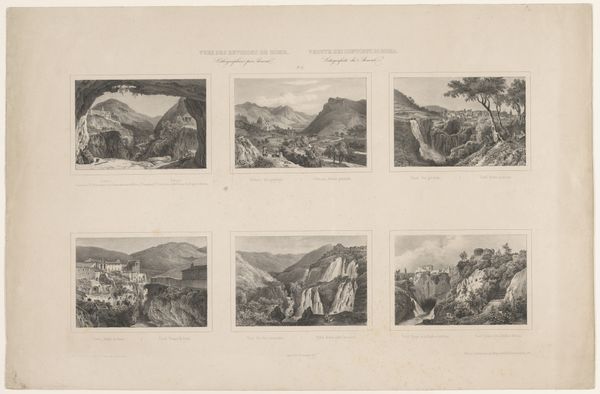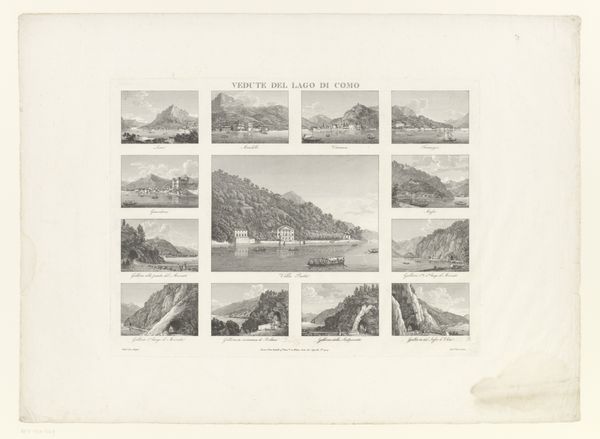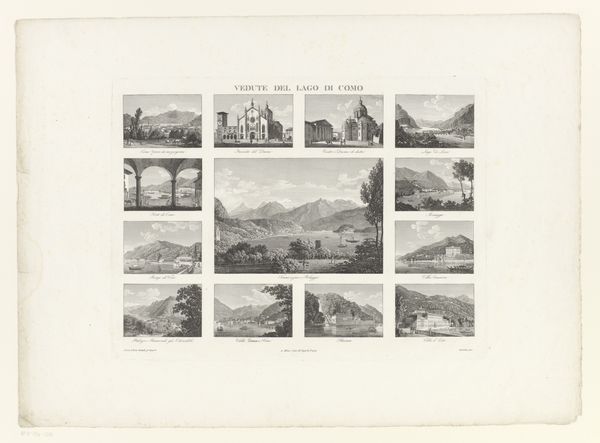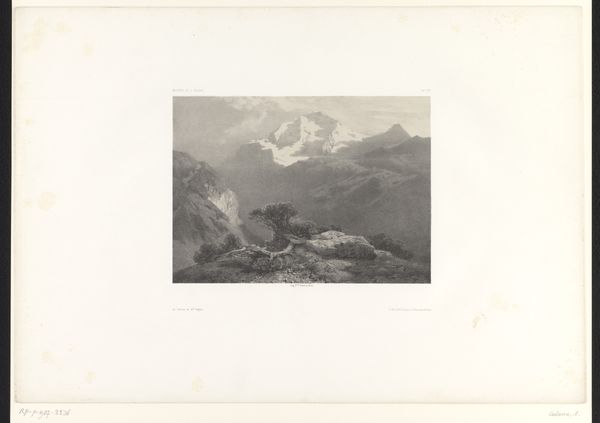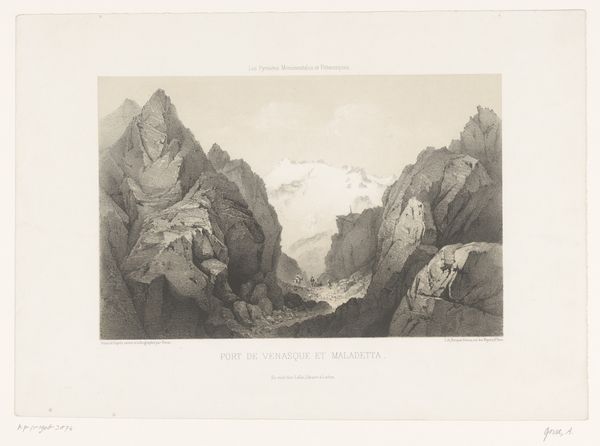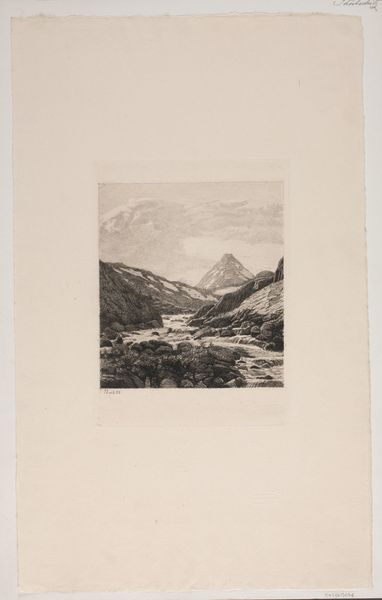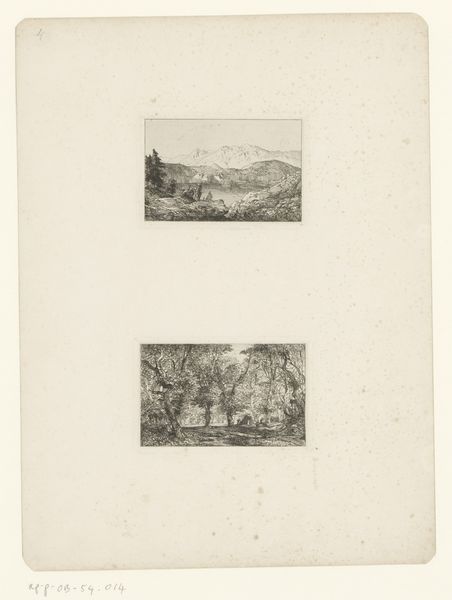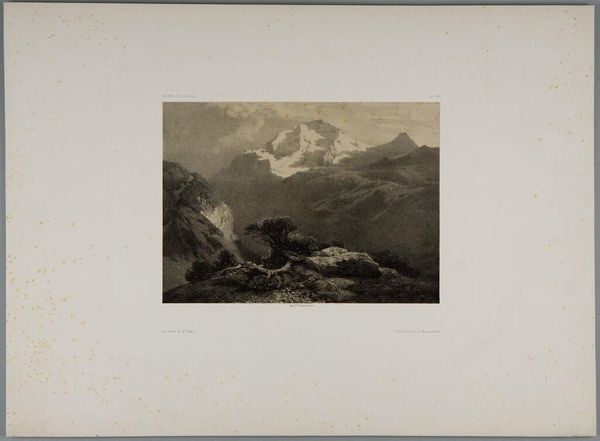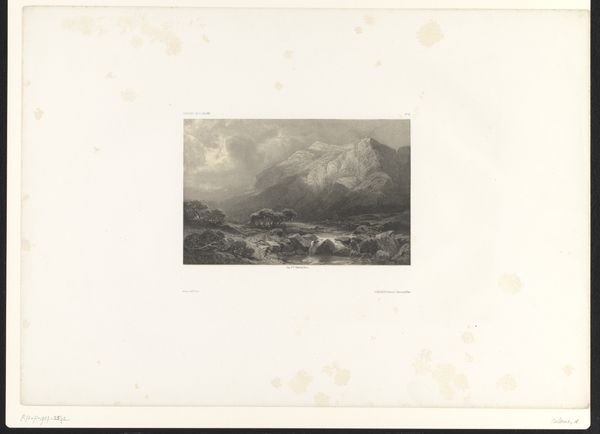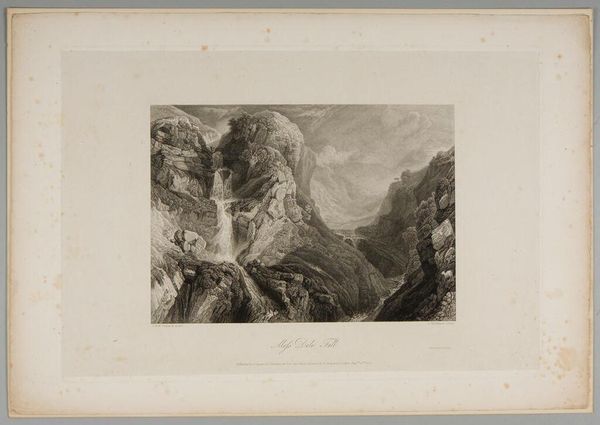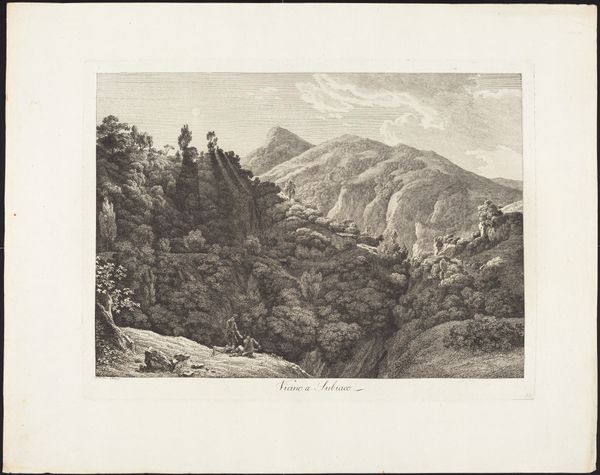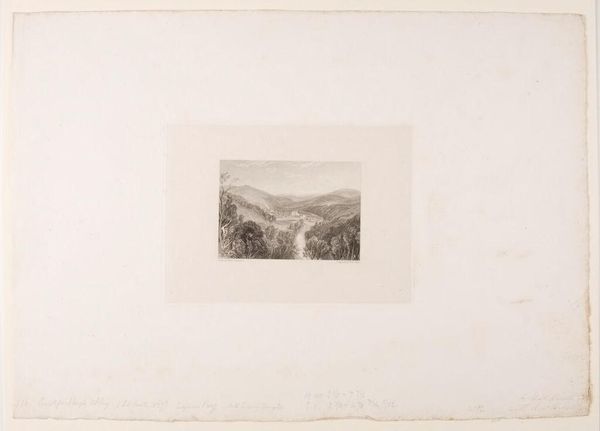
drawing, print, engraving
#
pencil drawn
#
drawing
# print
#
pencil sketch
#
landscape
#
pencil drawing
#
romanticism
#
mountain
#
line
#
pencil work
#
engraving
Dimensions: height 327 mm, width 436 mm
Copyright: Rijks Museum: Open Domain
Curator: So, here we have Giacomo Cataneo’s "Turijn," an engraving print dating back to the 19th century. It's comprised of twelve distinct landscape scenes. Editor: Ah, twelve little worlds, each framed and observed. My first thought: a slightly melancholic, almost hushed beauty, like seeing faded photographs of a grand journey someone took a lifetime ago. There is almost like an aesthetic exercise here. Curator: Absolutely, the medium itself, engraving, implies a certain labor. Think about the craftsman meticulously carving each line into the metal plate, then printing. Each impression carrying that trace of production, that physical interaction with the material. And in each engraving, you notice this incredible romantic perspective of the Alps mountain as background landscape! Editor: It does bring you to think, who commissioned these and were these landscapes the popular pictures people in the Grand Tours? Each small image a window offering views like an aristocratic version of instagrammable sights to impress in social media? Did this relate to new discussions about landscape aesthetic values? You know I have a weak spot for this. Curator: You touch on fascinating points about consumption and social context. Were these indeed meant to be consumed by a certain elite class, those undertaking Grand Tours? Consider the romantic ideal of the sublime, which permeated art of the period. Editor: True, and within that context, you see these depictions aren’t merely recordings; they're carefully constructed scenes that capture both grandeur and something more intimate, personal almost. See the emphasis on composition, with elements like trees deliberately framing the views? Curator: I find this romanticized perspective interesting because, while it certainly aligns with that artistic movement, we also know the 19th century was a period of significant industrial change, the expansion of railways and roadways. These passages, captured so beautifully, were in actuality being fundamentally altered by that era. Editor: Exactly. There is an element of preserving what might soon be gone in those carefully printed copies. The silent witnesses. Curator: Yes. A poignant thought to leave us with. Editor: Absolutely. Thinking through making indeed, isn’t it?
Comments
No comments
Be the first to comment and join the conversation on the ultimate creative platform.
